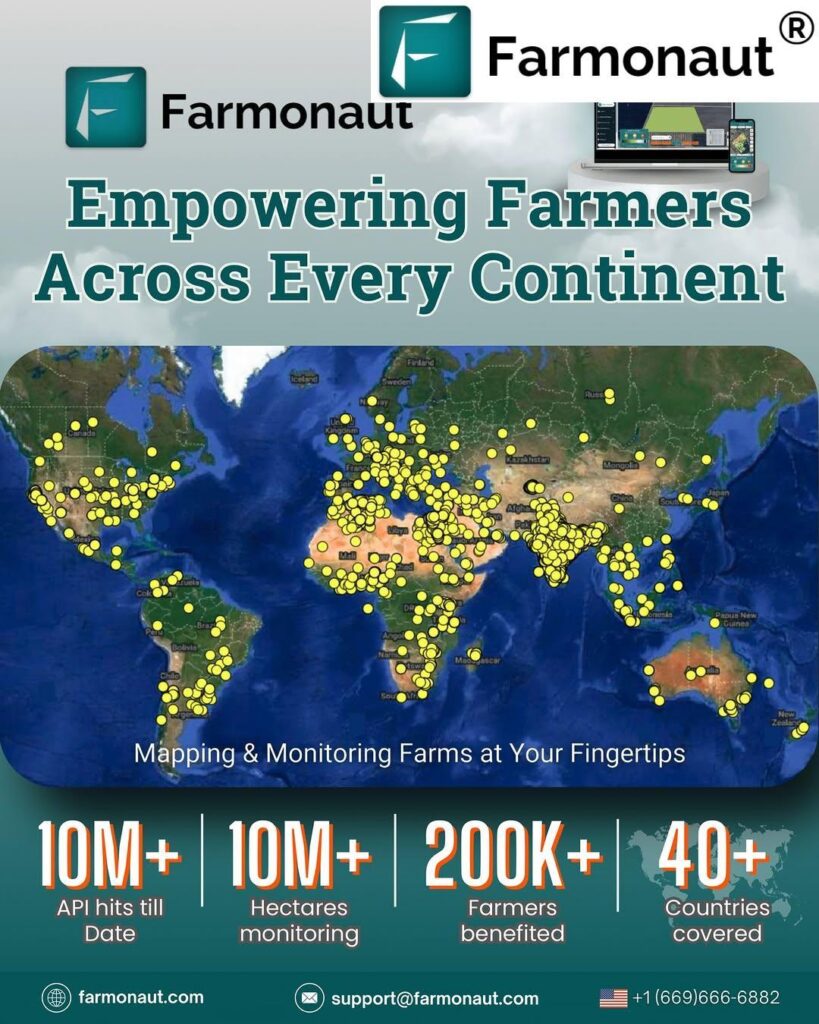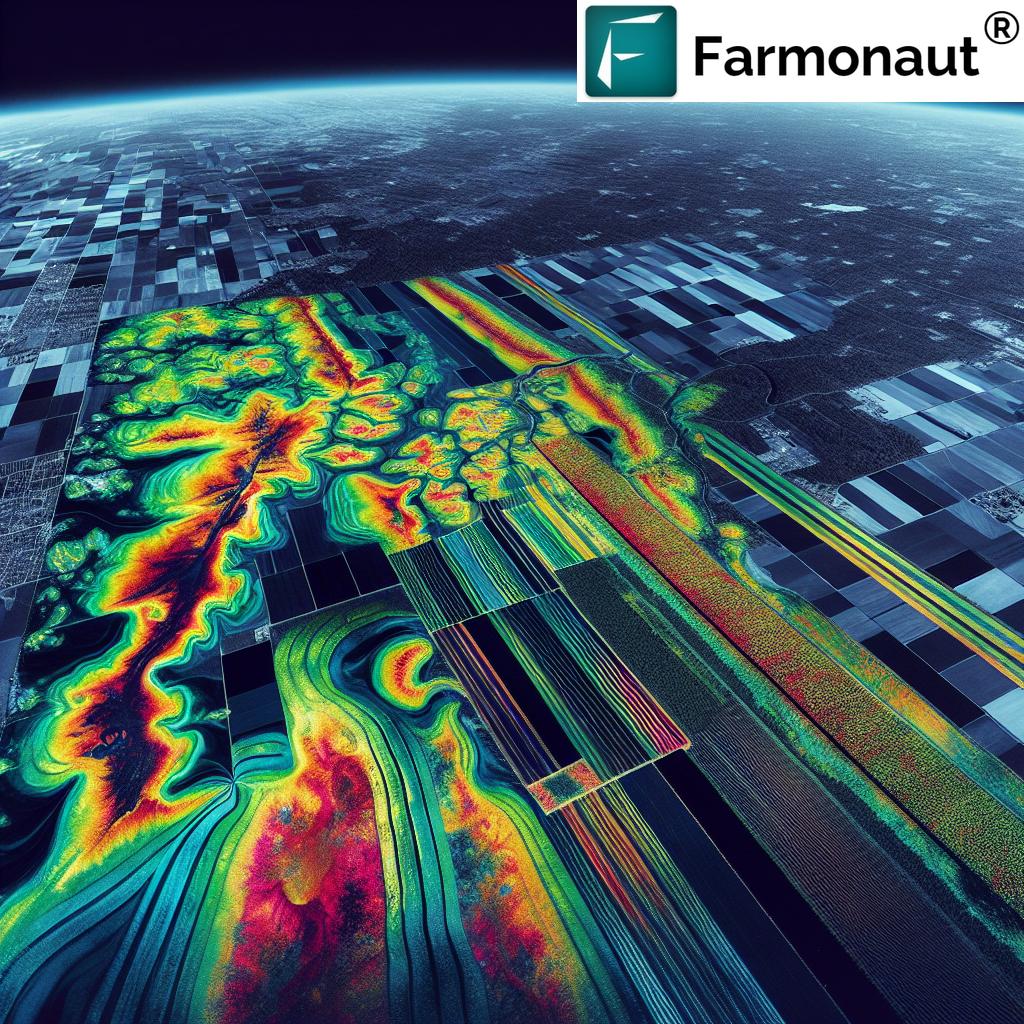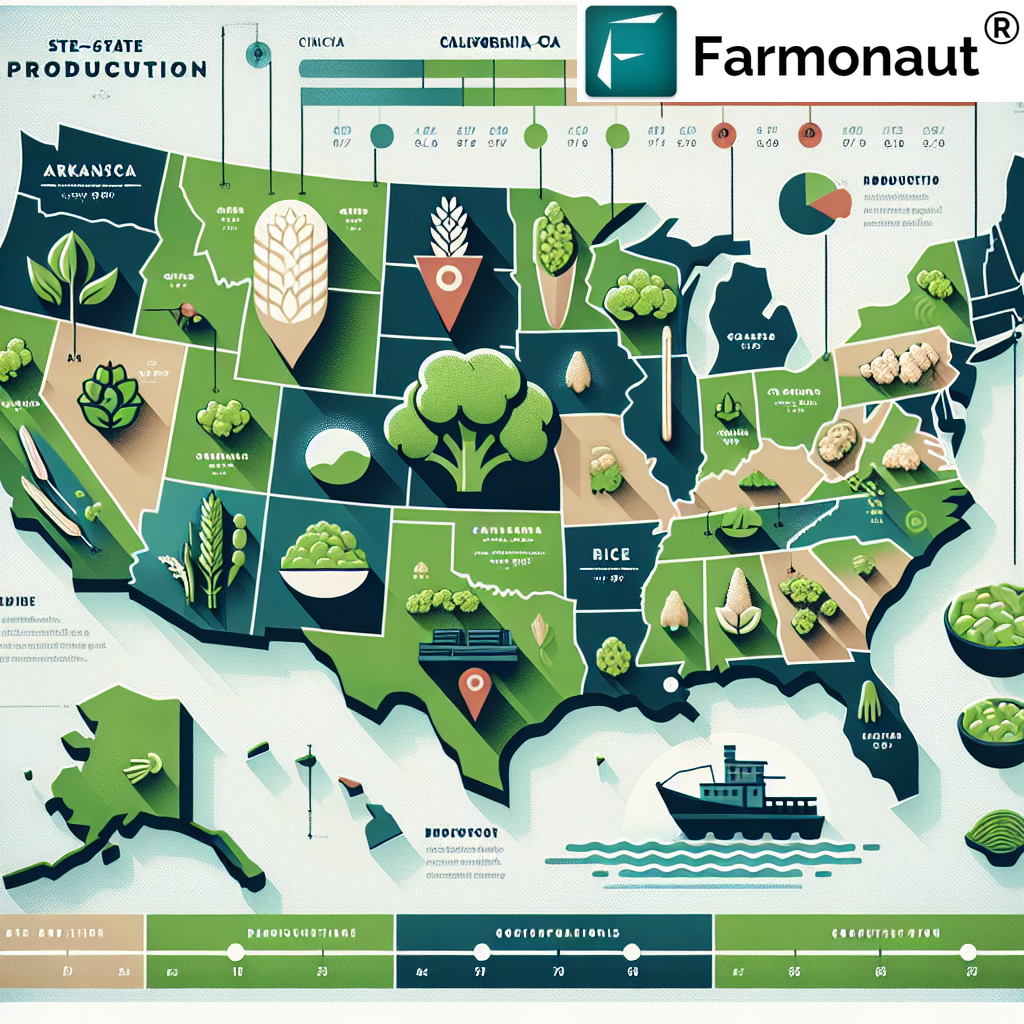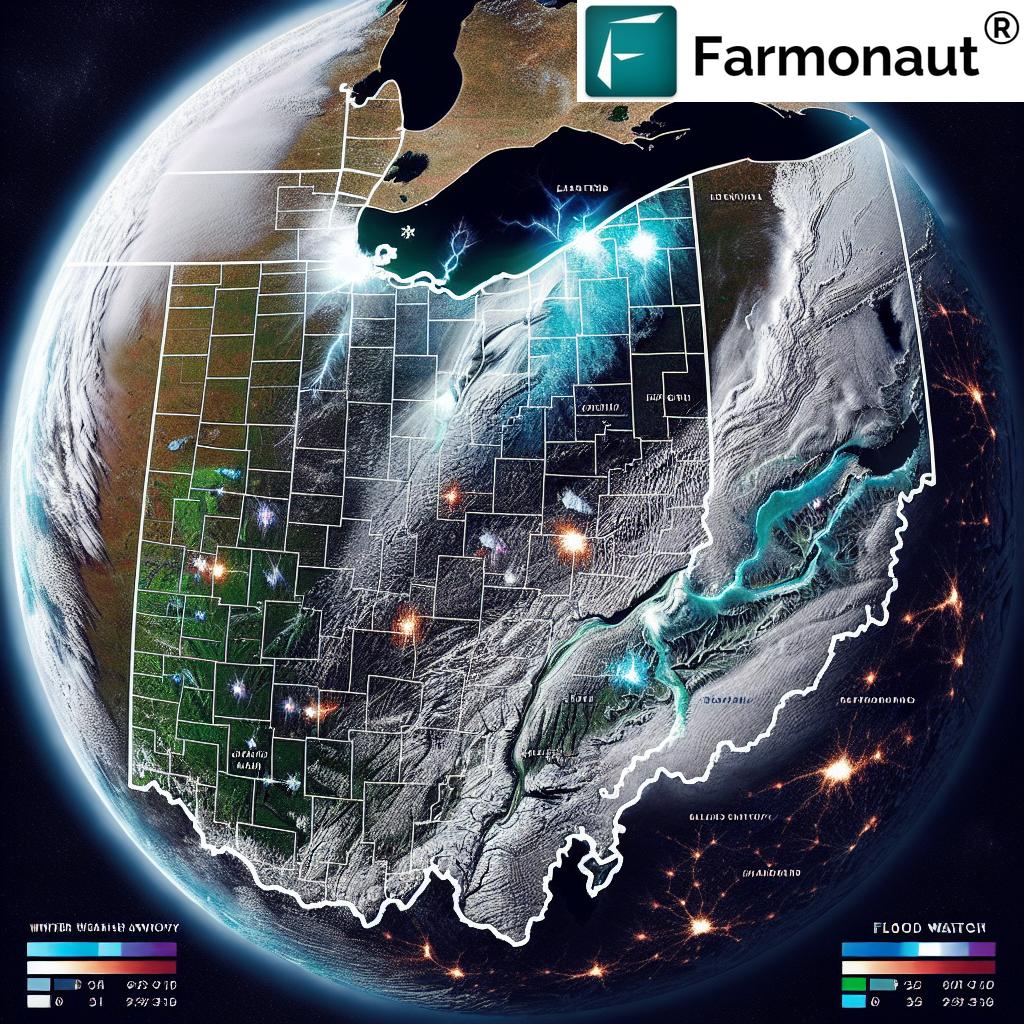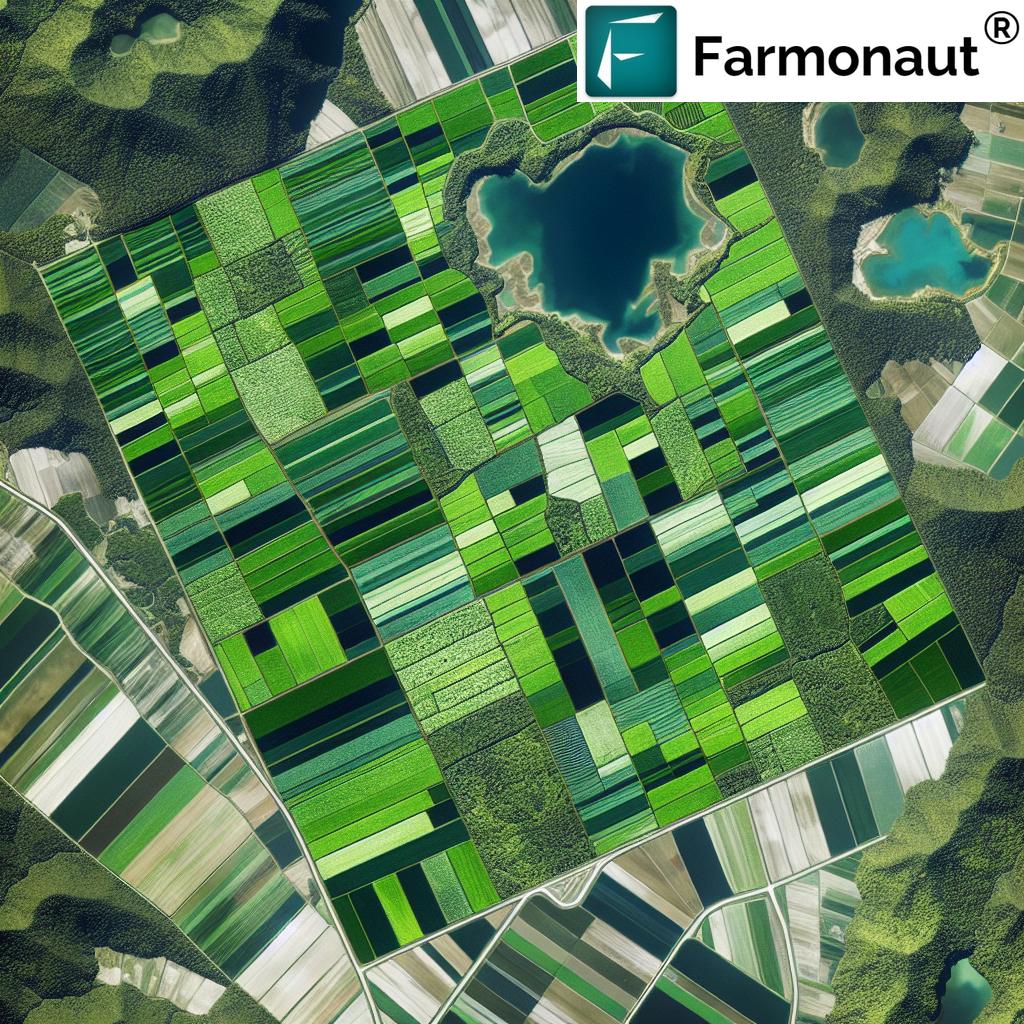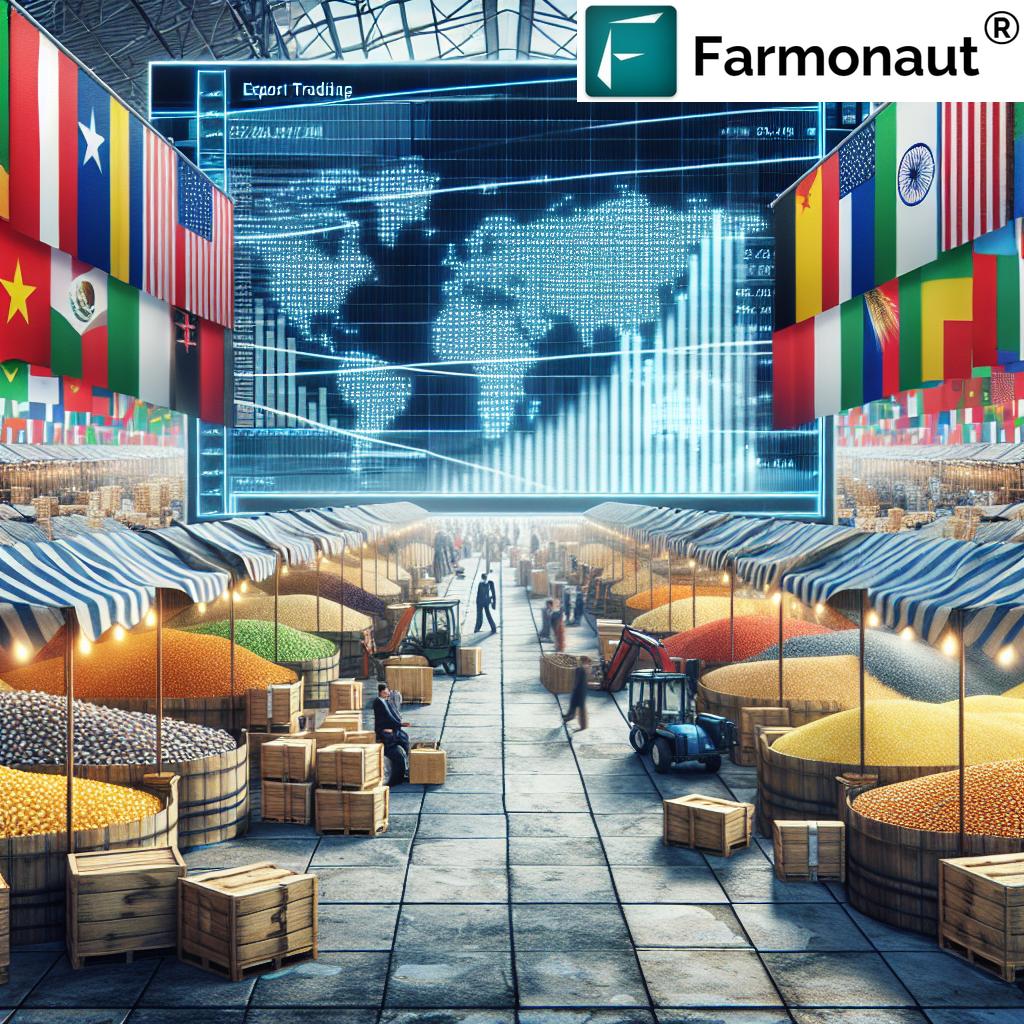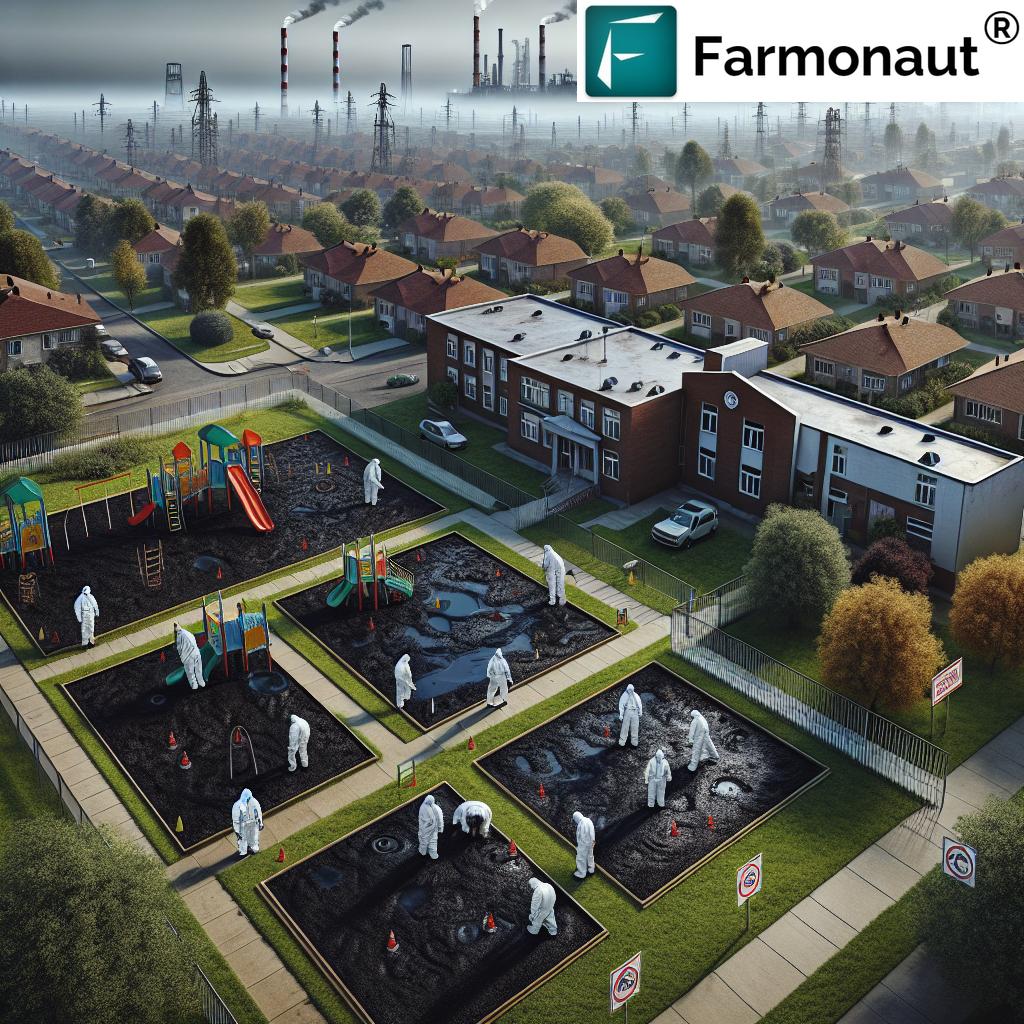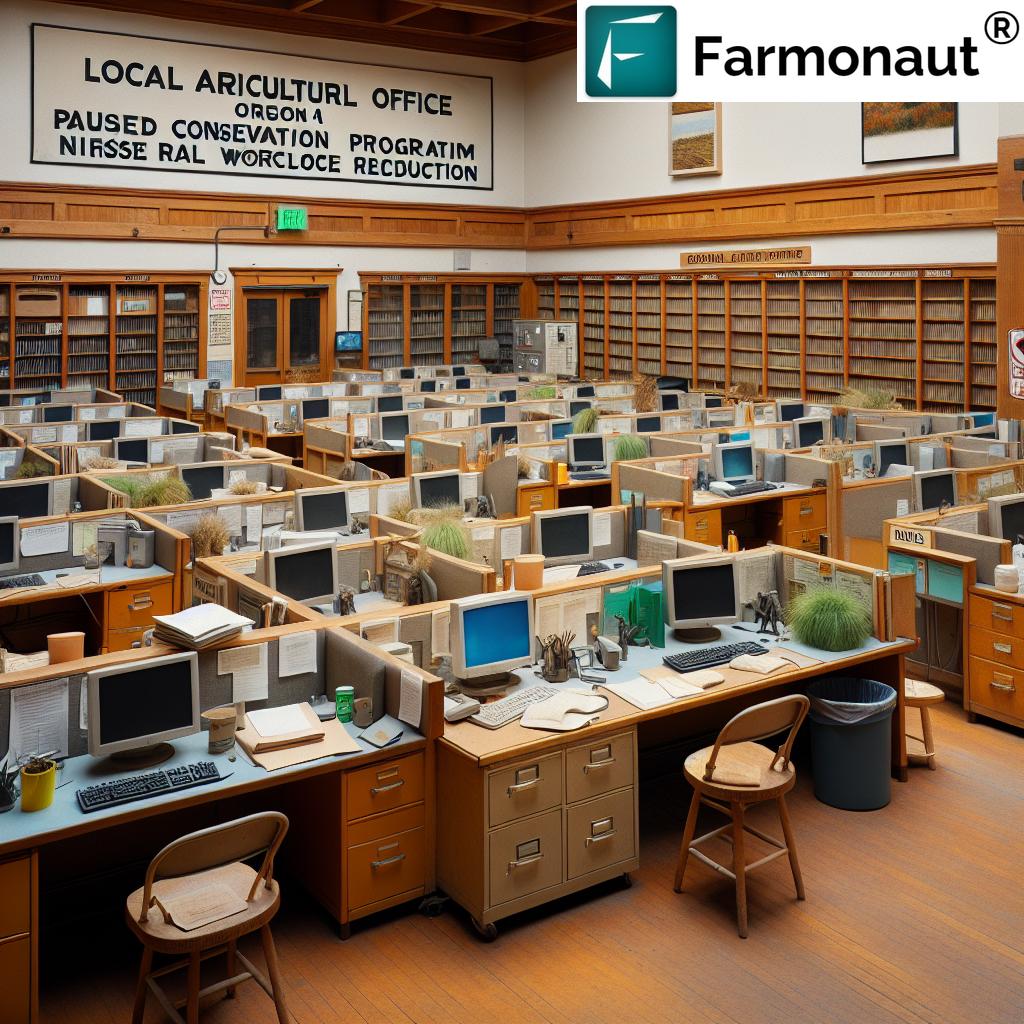Revolutionizing Agriculture: How Virtual Twins and AI-Powered Design Are Transforming Sustainable Farming in Texas
“Virtual twins in engineering have reduced agricultural waste by up to 30% in Texas farming operations.”
Welcome to the future of agriculture, where cutting-edge technology is reshaping the landscape of farming in the Lone Star State. We’re witnessing a remarkable transformation as virtual twins, AI-powered design, and sustainable agriculture technology converge to create a new era of innovation in Texas. In this comprehensive exploration, we’ll delve into how these groundbreaking advancements are revolutionizing the way we approach farming, from the fields to the drawing board.
The Dawn of the Generative Economy in Agriculture
As we step into this new age of agricultural innovation, it’s crucial to understand the concept of the generative economy. This emerging paradigm takes inspiration from nature to design smarter solutions and minimize waste. In the context of Texas agriculture, this translates to more efficient, sustainable, and productive farming practices that are reshaping the industry from the ground up.
At the heart of this revolution are virtual twins and AI-powered CAD design, technologies that are enabling farmers and engineers to simulate, test, and refine their agricultural processes with unprecedented accuracy and efficiency. Let’s explore how these innovations are making waves across the Texan agricultural landscape.
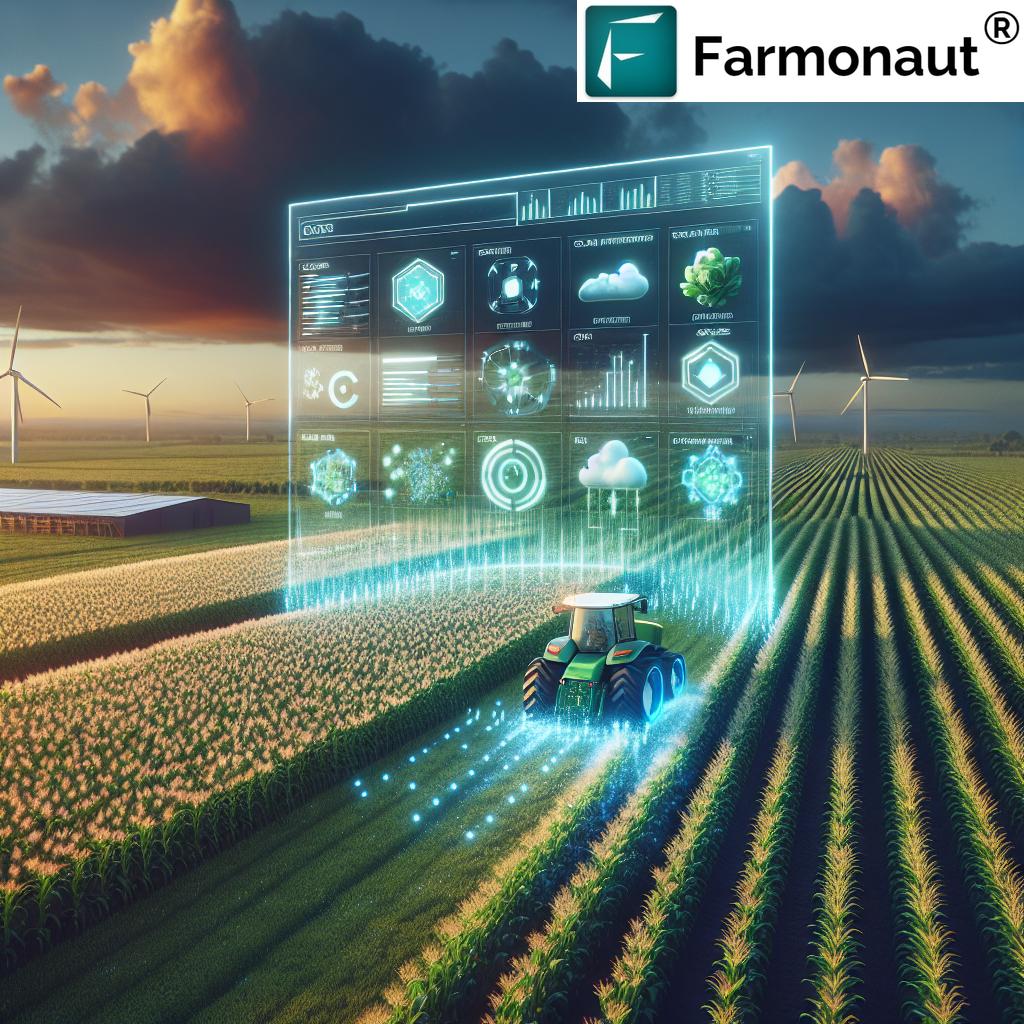
Virtual Twins: The Digital Doppelgängers Transforming Texas Farms
Virtual twins are digital replicas of physical assets, processes, or systems. In the context of Texas agriculture, these virtual models are proving to be game-changers. They allow farmers and agricultural engineers to create accurate digital representations of their farms, complete with detailed information about soil conditions, crop health, and environmental factors.
- Real-time Monitoring: Virtual twins enable continuous monitoring of farm conditions, providing up-to-the-minute data on crucial factors like soil moisture, nutrient levels, and pest activity.
- Predictive Analysis: By leveraging historical data and real-time inputs, virtual twins can predict potential issues before they arise, allowing for proactive management.
- Resource Optimization: These digital models help farmers optimize resource use, from water and fertilizers to labor and machinery, leading to significant cost savings and reduced environmental impact.
The implementation of virtual twins in Texas farming has led to remarkable improvements in efficiency and sustainability. For instance, some farms have reported up to 25% reduction in water usage and a 20% increase in crop yields by utilizing these digital models to fine-tune their irrigation and fertilization strategies.
AI-Powered CAD Design: Revolutionizing Farm Equipment and Infrastructure
Artificial Intelligence is not just transforming the fields; it’s also revolutionizing the way we design and manufacture farm equipment and infrastructure. AI-powered CAD (Computer-Aided Design) is enabling engineers to create more efficient, sustainable, and tailored solutions for Texas farmers.
- Optimized Equipment Design: AI algorithms can analyze vast amounts of data to design farm equipment that’s perfectly suited to Texas’s unique agricultural conditions.
- Rapid Prototyping: With AI-powered CAD, designers can quickly iterate and test multiple designs, significantly reducing the time from concept to production.
- Customization at Scale: These tools allow for the creation of customized equipment that can be easily adapted to different farm sizes and types, a crucial factor in Texas’s diverse agricultural landscape.
“AI-powered CAD design has increased sustainable product development efficiency by 40% in the agricultural sector.”
The impact of AI-powered design is evident in the new generation of farm equipment hitting the Texas market. From precision seeders that can adapt to different soil types on the fly to autonomous harvesting machines that minimize crop damage and waste, these innovations are setting new standards in agricultural efficiency.
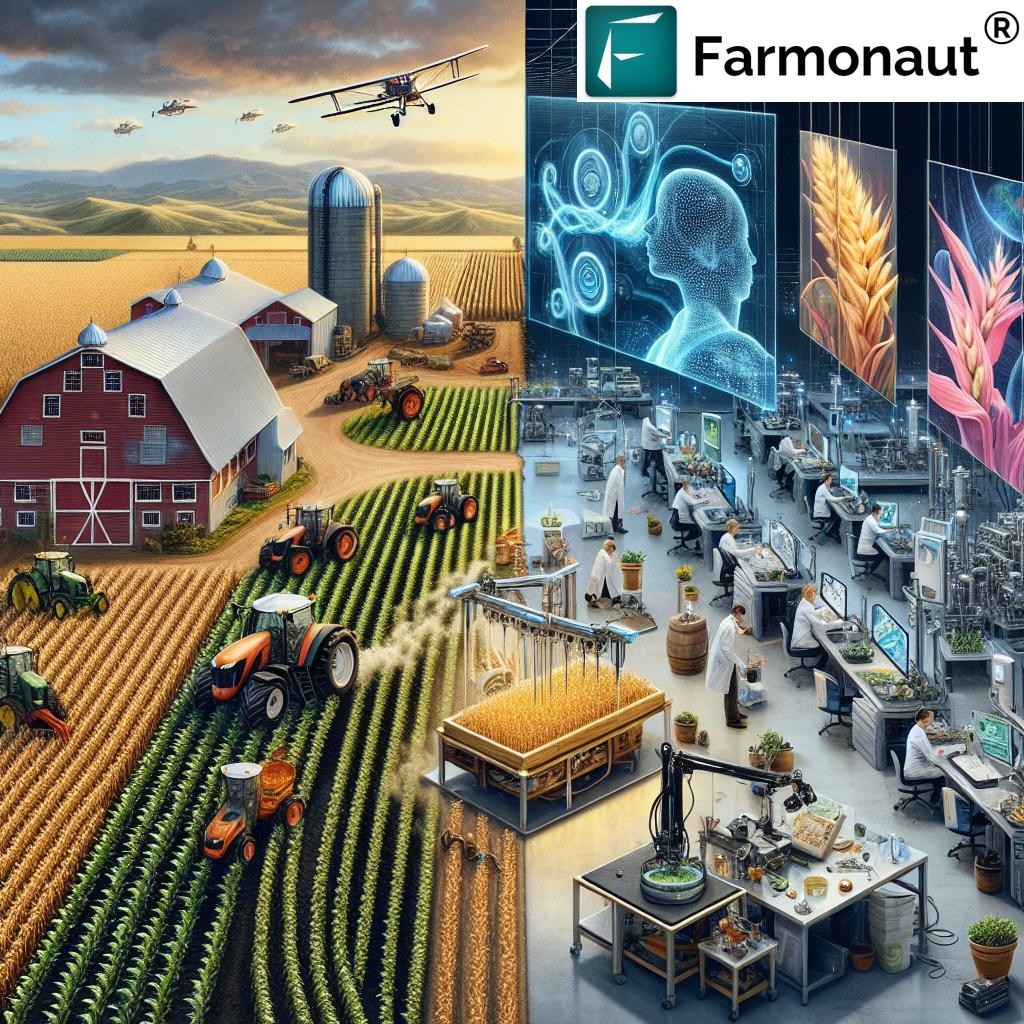
Sustainable Agriculture Technology: The Green Revolution 2.0
As Texas faces challenges like water scarcity and soil degradation, sustainable agriculture technology is becoming increasingly crucial. The integration of virtual twins and AI-powered design is driving a new wave of sustainable farming practices across the state.
- Precision Agriculture: By combining data from virtual twins with AI-powered analysis, farmers can apply resources like water and fertilizers with pinpoint accuracy, reducing waste and environmental impact.
- Smart Pest Management: AI-driven systems can detect pest infestations early and recommend targeted interventions, reducing the need for broad-spectrum pesticides.
- Crop Rotation Optimization: Virtual twins can simulate different crop rotation scenarios, helping farmers make informed decisions that maintain soil health and biodiversity.
These advancements are not just theoretical; they’re making a real difference on Texas farms. For example, a cotton farm in West Texas reported a 40% reduction in pesticide use after implementing an AI-powered pest management system, while maintaining the same yield levels.
Biodegradable Alternatives: Turning Agricultural Waste into Opportunity
One of the most exciting developments in sustainable agriculture is the creation of biodegradable alternatives from agricultural waste. This innovation is particularly relevant in Texas, where large-scale farming operations generate significant amounts of crop residue.
Companies like Craste, founded by chemical engineering graduates, are at the forefront of this movement. They’re transforming agricultural waste into a range of biodegradable products, from packaging materials to construction components. This not only provides a sustainable alternative to traditional plastics but also creates a new revenue stream for farmers.
The process of developing these biodegradable alternatives is greatly enhanced by AI-powered design and virtual twins. Engineers can simulate the properties of different agricultural waste materials and design products that maximize strength, durability, and biodegradability.
Electric Tractors and Autonomous Solutions: The Future of Farm Machinery
The landscape of farm machinery in Texas is undergoing a radical transformation with the introduction of electric tractors and autonomous solutions. These innovations are not just reducing the carbon footprint of farming operations; they’re also improving efficiency and reducing labor costs.
- Electric Tractors: Designed using AI-powered CAD, these machines offer lower operating costs, reduced noise pollution, and zero emissions.
- Autonomous Farm Vehicles: From self-driving tractors to robotic harvesters, these AI-driven machines can work around the clock, optimizing farm operations.
- Drone Technology: AI-powered drones are being used for everything from crop monitoring to precision spraying, reducing resource use and improving crop health.
Companies like Bullwork Mobility are at the forefront of this revolution, developing electric tractors and autonomous solutions tailored to the needs of Texas farmers. These innovations are not just concepts; they’re already being deployed on farms across the state, with promising results.
The Role of Spatial Computing and 3D Printing in Agricultural Innovation
Spatial computing and 3D printing are emerging as powerful tools in the agricultural technology landscape. These technologies are enabling farmers and engineers to visualize, design, and create custom solutions for specific farming challenges.
- Spatial Computing: This technology allows farmers to interact with virtual models of their farms in three-dimensional space, providing intuitive ways to plan and manage operations.
- 3D Printing for Rapid Prototyping: Engineers can quickly create prototypes of new farm equipment or tools, speeding up the development process and allowing for real-world testing.
- Custom Parts and Tools: 3D printing enables the creation of custom parts for farm machinery, reducing downtime and dependence on external suppliers.
The integration of these technologies with virtual twins and AI-powered design is creating a powerful ecosystem for innovation in Texas agriculture. For instance, a team of engineers in Austin recently used spatial computing and 3D printing to design and prototype a new type of seed drill specifically optimized for Texas soil conditions, all within a matter of weeks.
The Platform Revolution: Empowering Innovators Across the Agricultural Spectrum
At the core of this agricultural revolution is the concept of a unified platform that brings together various technologies and stakeholders. Platforms like Dassault Systèmes’ 3DExperience are playing a crucial role in facilitating collaboration and innovation across the agricultural sector.
These platforms provide a virtual space where farmers, engineers, designers, and researchers can collaborate in real-time, sharing data and insights to drive innovation. From designing new farm equipment to optimizing crop rotation strategies, these platforms are accelerating the pace of agricultural advancement in Texas.
AI Integration in Design Processes: Virtual Companions and Generative Experiences
The integration of AI into design processes is taking agricultural innovation to new heights. Virtual companions like Aura, an AI-powered co-pilot for CAD design, are revolutionizing the way agricultural engineers approach problem-solving.
- Personalized Assistance: These AI companions can learn from individual users, providing tailored suggestions and automating routine tasks.
- Knowledge Integration: By drawing on vast databases of agricultural and engineering knowledge, these AI assistants can suggest innovative solutions to complex problems.
- Generative Design: AI can generate multiple design options based on specified parameters, allowing engineers to explore a wider range of possibilities.
The introduction of these AI-powered tools is not just improving efficiency; it’s also democratizing access to advanced design capabilities, allowing smaller farms and businesses to compete with larger operations.
The Impact on the Texas Agricultural Economy
The integration of virtual twins, AI-powered design, and sustainable agriculture technology is having a profound impact on the Texas agricultural economy. Let’s look at some key areas of influence:
- Increased Productivity: Farms utilizing these technologies are reporting significant increases in crop yields and resource efficiency.
- Cost Reduction: From reduced input costs to lower equipment maintenance expenses, these innovations are improving the bottom line for Texas farmers.
- New Revenue Streams: The development of biodegradable alternatives and other value-added products from agricultural waste is opening up new markets for farmers.
- Job Creation: While some traditional farming jobs may be displaced, new roles in agricultural technology, data analysis, and sustainable farming practices are emerging.
According to recent estimates, the adoption of these advanced technologies could boost the Texas agricultural sector’s productivity by up to 20% over the next decade, representing billions of dollars in additional economic output.
Challenges and Future Outlook
While the future of agriculture in Texas looks bright, there are challenges to overcome:
- Initial Investment Costs: The upfront costs of implementing these technologies can be significant, potentially creating a divide between large and small farms.
- Skills Gap: There’s a growing need for farmers and agricultural workers skilled in using these advanced technologies.
- Data Privacy and Security: As farms become more connected, ensuring the security and privacy of agricultural data becomes crucial.
- Regulatory Framework: The rapid pace of innovation is outstripping current regulations, creating a need for updated policies that balance innovation with safety and environmental concerns.
Despite these challenges, the outlook for Texas agriculture is overwhelmingly positive. As these technologies mature and become more accessible, we can expect to see widespread adoption across farms of all sizes, leading to a more sustainable, productive, and resilient agricultural sector.
Comparison: Traditional vs. AI-Powered Sustainable Farming Practices in Texas
| Agricultural Practice | Traditional Method | AI-Powered/Virtual Twin Method |
|---|---|---|
| Crop Monitoring | Manual field inspections | Drone imagery and ML algorithms (50% time saving) |
| Irrigation Management | Fixed schedules | AI-driven precision irrigation (30% water saving) |
| Pest Control | Scheduled spraying | Targeted interventions based on AI predictions (40% reduction in pesticide use) |
| Yield Prediction | Historical data and experience | ML models with 95% accuracy |
| Resource Allocation | Based on past practices | AI-optimized allocation (20% increase in efficiency) |
The Role of Farmonaut in Texas Agriculture
In the landscape of agricultural technology, Farmonaut stands out as a pioneer in satellite-based farm management solutions. While not directly involved in the manufacturing or selling of farm equipment, Farmonaut’s platform offers valuable services that complement the advancements in virtual twins and AI-powered design in Texas agriculture.
Farmonaut’s satellite-based crop health monitoring system provides Texas farmers with real-time insights into vegetation health, soil moisture levels, and other critical metrics. This data can be integrated with virtual twin models to enhance the accuracy of farm simulations and decision-making processes.
The company’s AI-driven Jeevn advisory system delivers personalized farm management strategies, weather forecasts, and expert crop management advice. This aligns well with the AI-powered design trends we’re seeing in Texas agriculture, offering farmers another layer of intelligent support in their operations.
For those interested in leveraging Farmonaut’s technologies, you can access their services through various platforms:
For developers looking to integrate Farmonaut’s satellite and weather data into their own systems, the company offers API access. You can find more information in their API Developer Docs.
Farmonaut Subscriptions
Earn With Farmonaut
Earn 20% recurring commission with Farmonaut’s affiliate program by sharing your promo code and helping farmers save 10%. Onboard 10 Elite farmers monthly to earn a minimum of $148,000 annually—start now and grow your income!
FAQ Section
Q: How are virtual twins transforming Texas agriculture?
A: Virtual twins create digital replicas of farms, enabling real-time monitoring, predictive analysis, and resource optimization. They’ve led to significant improvements in water usage efficiency and crop yields.
Q: What benefits does AI-powered CAD design bring to farm equipment?
A: AI-powered CAD allows for optimized equipment design, rapid prototyping, and customization at scale. This results in farm machinery that’s better suited to Texas’s unique agricultural conditions.
Q: How are biodegradable alternatives from agricultural waste being developed?
A: Companies are using AI-powered design and virtual twins to simulate properties of agricultural waste materials, creating sustainable products like packaging and construction components.
Q: What role do electric tractors and autonomous solutions play in Texas farming?
A: These innovations reduce carbon footprint, improve efficiency, and lower labor costs. They’re designed using AI-powered CAD and are already being deployed on Texas farms with promising results.
Q: How is spatial computing being used in agriculture?
A: Spatial computing allows farmers to interact with 3D virtual models of their farms, providing intuitive ways to plan and manage operations. It’s often used in conjunction with 3D printing for rapid prototyping of farm equipment.
Q: What challenges does the adoption of these technologies face in Texas?
A: Key challenges include high initial investment costs, a growing skills gap, data privacy and security concerns, and the need for updated regulatory frameworks.
Conclusion: The Future of Texas Agriculture
As we’ve explored in this comprehensive overview, the integration of virtual twins, AI-powered design, and sustainable agriculture technology is reshaping the landscape of Texas farming. From the fields to the design studio, these innovations are driving unprecedented levels of efficiency, sustainability, and productivity.
While challenges remain, the potential benefits for Texas agriculture are immense. As these technologies become more accessible and widely adopted, we can look forward to a future where Texas farms are not just more productive, but also more resilient and environmentally sustainable.
The revolution in Texas agriculture is just beginning, and it’s clear that the Lone Star State is poised to become a global leader in agricultural innovation. As we move forward, the collaboration between farmers, technologists, and companies like Farmonaut will be crucial in realizing the full potential of these groundbreaking technologies.
As we look to the future, it’s clear that the integration of these advanced technologies will continue to drive innovation and sustainability in Texas agriculture. By embracing these changes and continuing to invest in research and development, Texas can secure its position as a leader in 21st-century farming practices, ensuring a prosperous and sustainable future for generations to come.




